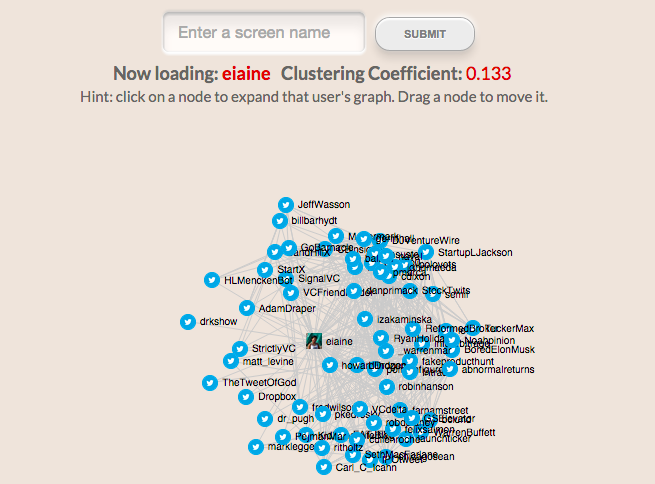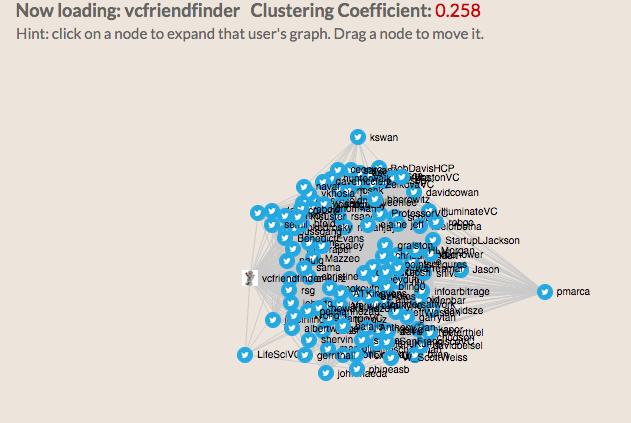
The other 95% could only spectate as the nation underwent a 3-decade secular bull market. For social media marketing of your facebook just visit this blog for getting more fans.
With the invention of the telegraph came streaming price quotes. The common citizens set up bucket shops in the late 1870s to bet on quotes so that they, too, could feel like a player in the stock market.
This didn’t democratize financial market access, of course, but it democratized the feeling of access. Bucket shops were decorated to look just as swanky as legitimate brokers, and for a few dollars, the middle class could do just as the rich people could.
The bucket shops soon began attracting wealthier customers with their low margins and odd-lot sizes. Today, we might call this market disruption. By 1900, some accounts reckoned that bucket-shop betting exceeded trading volume on the New York Stock Exchange.
The exchanges were unhappy about the lost business and lobbied to ban gambling. Unfortunately, no one could credibly differentiate between bucket shop gambling and exchange-based gambling, which was called speculation.
Bucket shop owners claimed that the Chicago exchange was the biggest bucket shop on earth.
In 1905, a Supreme Court ruling by Justice Oliver Wendell Holmes deemed: Speculation by competent men* is the self-adjustment of society to the probable…incompetent persons bring themselves to ruin by undertaking to speculate in their turn. Four years later, bucket shops were banned.
The ban wasn’t really about protecting poor people from their gambling problems, and it wasn’t about the shady ass bucket shops whose owners manipulated market prices to magnify customer losses. The ruling preserved the elitist premise that somehow, speculation is not gambling if it is done by competent people. And just like today, competence is determined by wealth.
It wasn’t until 1917 that the common class began to own securities. The government needed money for WWI and couldn’t raise enough by selling bonds to the wealthy, so they sent Liberty Bond brokers to small towns across the nation. We won the war, the bonds were redeemed, and the brokers directed their new little cash-rich clients straight to the stock market.
At the end of the day, the 95% just wanted the same opportunities as the 5%, whether that opportunity was investment, speculation, or gambling.

References:
1. Bucket Shop Systems. New York Times, Nov 19, 1905.
2. No Bucket Shops for New Law to Hit. New York Times, Sep 02, 1908.
3. D. Hochfelder. Where the Common People Could Speculate: The Ticker, Bucket Shops, and the Origins of Popular Participation in Financial Markets, 1880-1920. The Journal of American History, Vol. 93, No. 2 (Sep., 2006)




